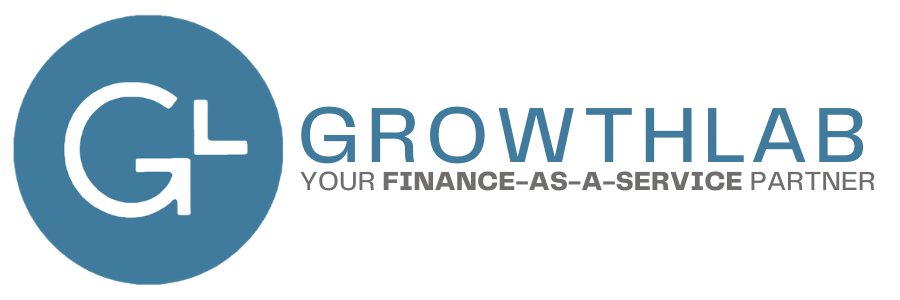What The Big Beautiful Bill Means for Financial Planning & Analysis
The One Big Beautiful Bill (OBBBA) has introduced a wave of new tax rules, benefit expansions, and reporting requirements. While much of the attention goes to payroll and HR, there’s another area where the ripple effects are significant: Financial Planning & Analysis (FP&A).
For FP&A teams, the challenge is clear: these changes aren’t just about compliance. They directly influence forecasts, budgets, and the long-term financial story your business is telling. Let’s break down why the OBBBA matters for planning and strategy.

Payroll & Benefits Forecasting
The OBBBA expanded several employer benefit programs like higher caps on dependent care FSAs, permanent tax exclusions for student loan repayments, and enhanced childcare tax credits.
For FP&A, this means:
- More variables in labor cost modeling: Benefits are no longer static; they’ve become moving targets tied to both employee participation and legislative changes.
- Deeper visibility needed: Payroll projections must capture not just base wages but also the expanding ecosystem of credits, exclusions, and reimbursements.
In other words, payroll planning can’t just be a line item; it’s a dynamic component of total compensation forecasting.
Scenario Planning Around Tax Law Tweaks
Some of the OBBBA’s tax changes, like deductible snack expenses or revised auto loan interest rules, may sound small. But scaled across an organization, they can add up.
FP&A teams will need to:
- Build
what-if models that factor in these tax changes at different levels of adoption.
- Adjust
cash flow forecasts to account for how deductions and credits flow through the business.
- Communicate these impacts clearly to leadership, so small changes don’t slip through the cracks.
Timing Is Everything: Revenue vs. Expense Recognition
Pairing GAAP’s treatment of deferred revenue with new OBBBA deductions highlights a core FP&A responsibility: understanding timing.
- Deferred revenue means you can’t always recognize cash as income right away.
- Deductions and credits may kick in at different times than expenses are incurred.
For FP&A, aligning revenue recognition with expense timing is critical for accurate margin analysis and forecasting. The OBBBA adds another layer of timing complexity to already delicate planning.
Strategic Opportunities to Explore
The OBBBA isn’t just about new rules; it also creates opportunities. Expanded credits, deductions, and benefit structures may make workforce investments or new employee programs more attractive than before.
FP&A plays a central role in evaluating these opportunities by modeling short-term cash impact vs. long-term strategic value (like retention, productivity, and growth potential).
By connecting legislative changes to business strategy, FP&A ensures leadership isn’t just reacting, but making proactive, informed choices.
The Bottom Line
The Big Beautiful Bill adds complexity to FP&A work, but it also expands the value finance teams can deliver. By updating forecasts, running scenarios, and aligning strategy with new opportunities, FP&A becomes the bridge between legislation and long-term business health.





